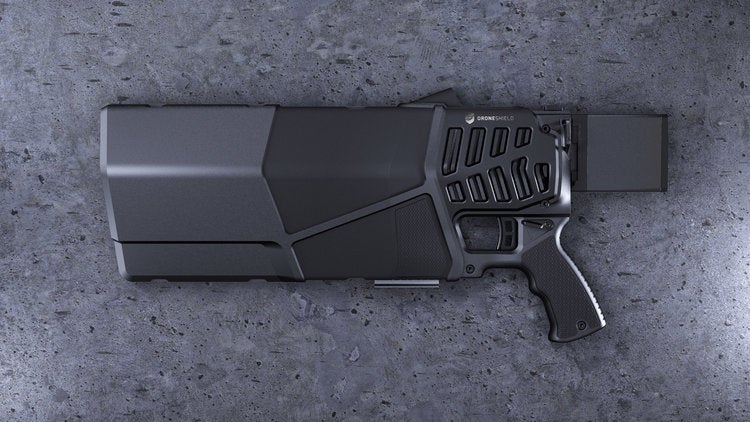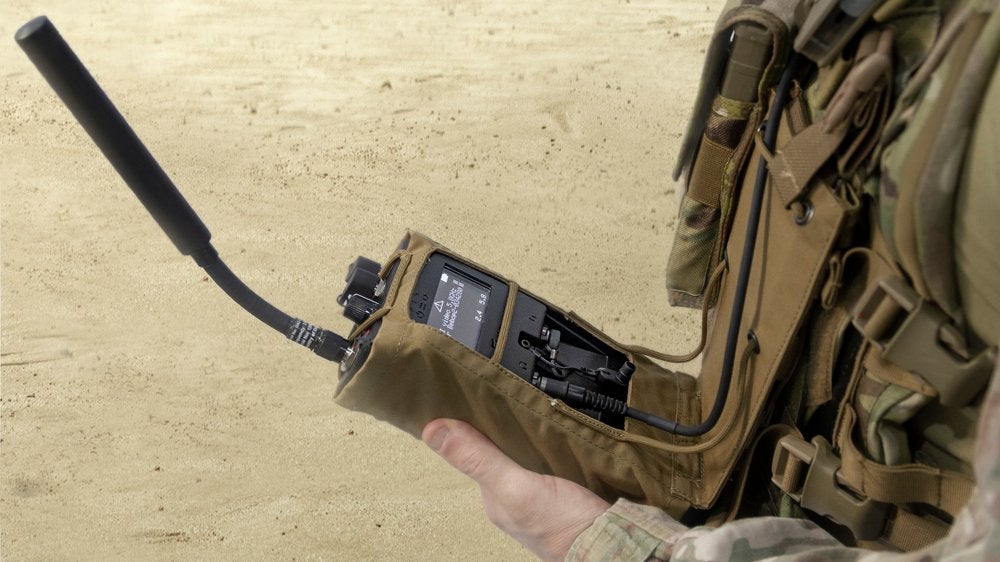DroneShield RfPatrol Gains European Commission Certification
The European Commission Electromagnetic Compatibility Directive has certified Sydney, Australia based DroneShield’s body-worn UAV (unmanned aerial vehicle) detection system, allowing the use of the ‘CE’ marking. The RfPatrol is designed for dismounted troops to detect enemy UAVs out to a distance of 1km giving a significant capability to infantry leaders.
Weighing in at just 710g (1.5 pounds) and about the size of an MBITR radio, the device can be monitored in either ‘Stealth’ or ‘Glimpse’ modes (offering vibration, audio or LED light alerts) and does not emit radio frequency emissions meaning that the device itself cannot be easily tracked. The firm claims that RfPatrol can detect enemy UAVs in under five seconds and will detail both the frequency the UAV is operating on and the manufacturer and type of device. Importantly, its battery pack is compatible with military AN/PRC radio batteries.
In other DroneShield news, the company’s RfZero has been launched this month. The little brother to the firm’s RfOne, RfZero has less range- one kilometer versus five- but offers a more cost-effective solution for the defense of fixed sites or facilities. DroneShield also offer the DroneCannon to engage enemy UAVs detected by their Rf series out to 500 meters along with variants more suited for infantry and special operations forces use such as pistol sized DroneGun MKIII, recently tested by the US Army’s Asymmetric Warfare Group.

The DroneCannon, rifle sized DroneGun Tactical and the MKIII all work on a similar principle, jamming the enemy UAV and forcing it into ‘stand-by’ mode which leads to the device either landing or returning to its controller (who can then be targeted by more traditional kinetic means). A covert jamming option is also available called the DroneNode. Carried in a Pelican style case, the DroneNode can be deployed within seconds and will jam enemy UAVs out to one kilometer. The DroneNode, capable of engaging and defeating ‘drone swarms’, is being evaluated by a number of European counter-terrorist units.

